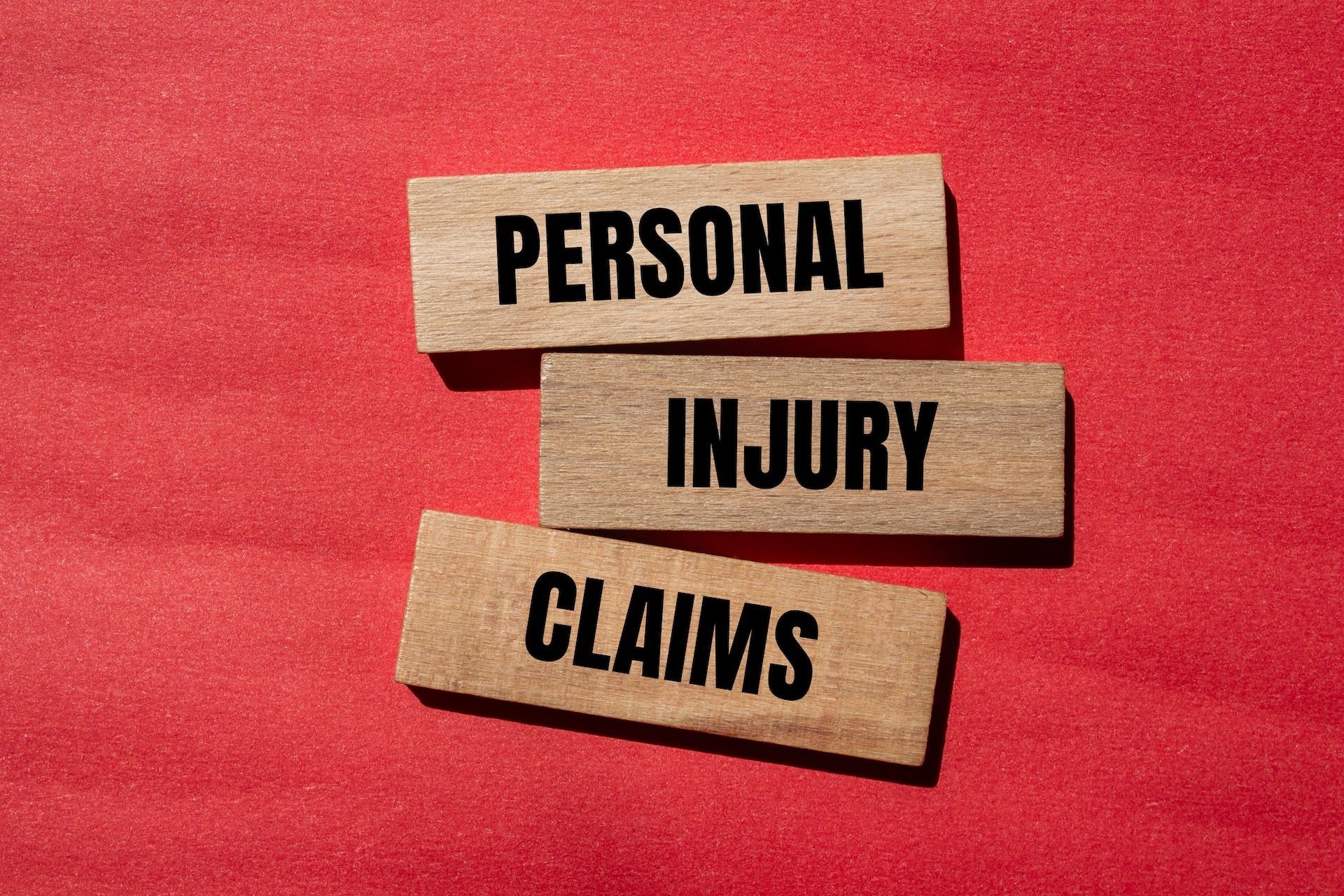Using a Vocational Expert – Determining Case Worth

For more than 35 years, Occupational Assessment Services, Inc. has provided Vocational Expert and Life Care Planning services to Plaintiff and Defense attorneys nationwide.
OAS has served as Vocational Expert and Life Care Planner in some of the largest and most complex cases in the United States including the Verni vs. Aramark case against Giant Stadium which obtained a record Verdict of 135 million dollars.
Based on our extensive experience we have created this blog to educate attorneys as to how Vocational Experts and Life Care Planners can help them in objectively documenting the employability, earning capacity , and long term care costs that combine to make up the damages of their Personal Injury case . Our initial entry will discuss the numerous mistakes we have seen attorneys make in documenting their case damages.
Mistake # 1. : Not Knowing the Worth of the Case
Many attorneys accept a case knowing that the injuries are serious, but are deficient in assessing the vocational and economic consequences of the case.
One of the most important and difficult processes performed by an attorney in evaluating a personal injury case is making an accurate determination of the case worth.
A rule that should be followed is that if the injury is permanent and does affect the injured person’s ability to work, it may have a significant impact on that plaintiff’s earning capacity. This can have a direct relation to assessing the diminution of earning capacity and economic damages.
Following is a representative list of the most prevalent permanent injuries which may affect a person’s ability to work and therefore may indicate a case with significant value:
Cervical or low back injuries such as a bulging or herniated disc, severe or non-union fractures of the wrist, arm, hip or leg, amputations, Cerebral Palsy, Carpal Tunnel Syndrome, Brachial Plexus injuries, Paraplegia and Quadriplegia, traumatic brain injuries, visual impairments and psychological impairments.
Any of these severe impairments may affect an adult’s or child’s potential to obtain their fullest earning capacity and may necessitate an assessment of their long term Life Care Plan needs.
The following case illustrates how a perceived “minor” injury can result in a substantial loss of earning capacity.
Ms. Smith was a 25-year old graphic artist with training in advertising, design and sign lettering. She was involved in an accident which resulted in an injury to the 4th finger of her dominant right hand which resulted in her being unable to make a fist.
OAS performed extensive vocational testing which demonstrated that Ms. Smith had impaired dexterity, diminished biannual coordination and small tool use which negatively affected her speed, ability to perform illustrations, and affected the accuracy of her work.
The OAS vocational expert concluded, based on his vocational evaluation, that Ms. Smith could not perform her prior work as a graphic artist, but with her limitations could perform lower paying clerical work.
The vocational expert’s opinion was that Ms. Smith had sustained a $5,500 a year loss of earning capacity due to her 4th finger injury to her right hand.
The case was settled for $260,000.
This case illustrates the importance of relating the permanency of the injury and its physical limitations to the person’s pre-injury and post-injury employment to determine the case value.
Disclaimer: The information on this website and blog is for general informational purposes only and is not professional advice. We make no guarantees of accuracy or completeness. We disclaim all liability for errors, omissions, or reliance on this content. Always consult a qualified professional for specific guidance.








